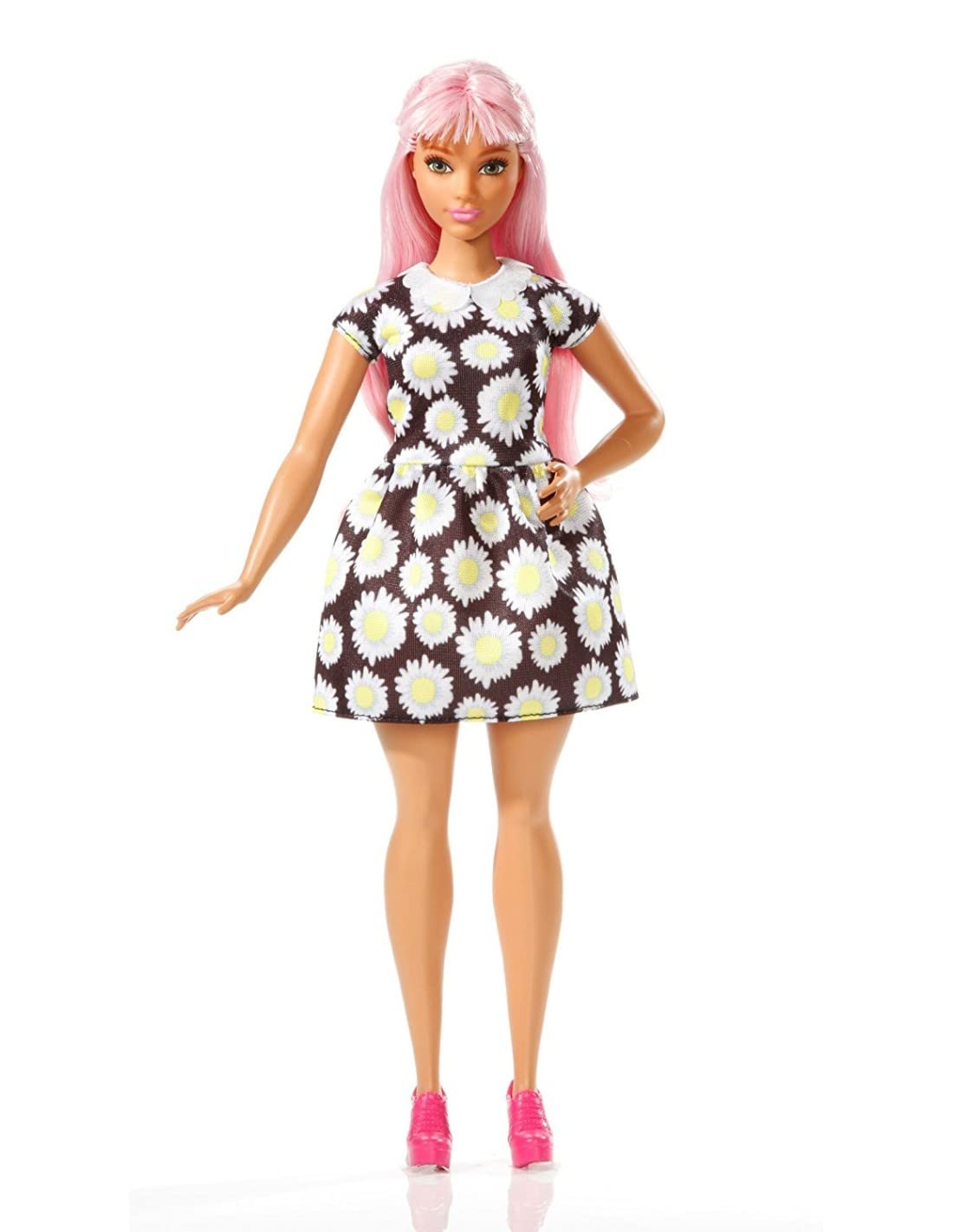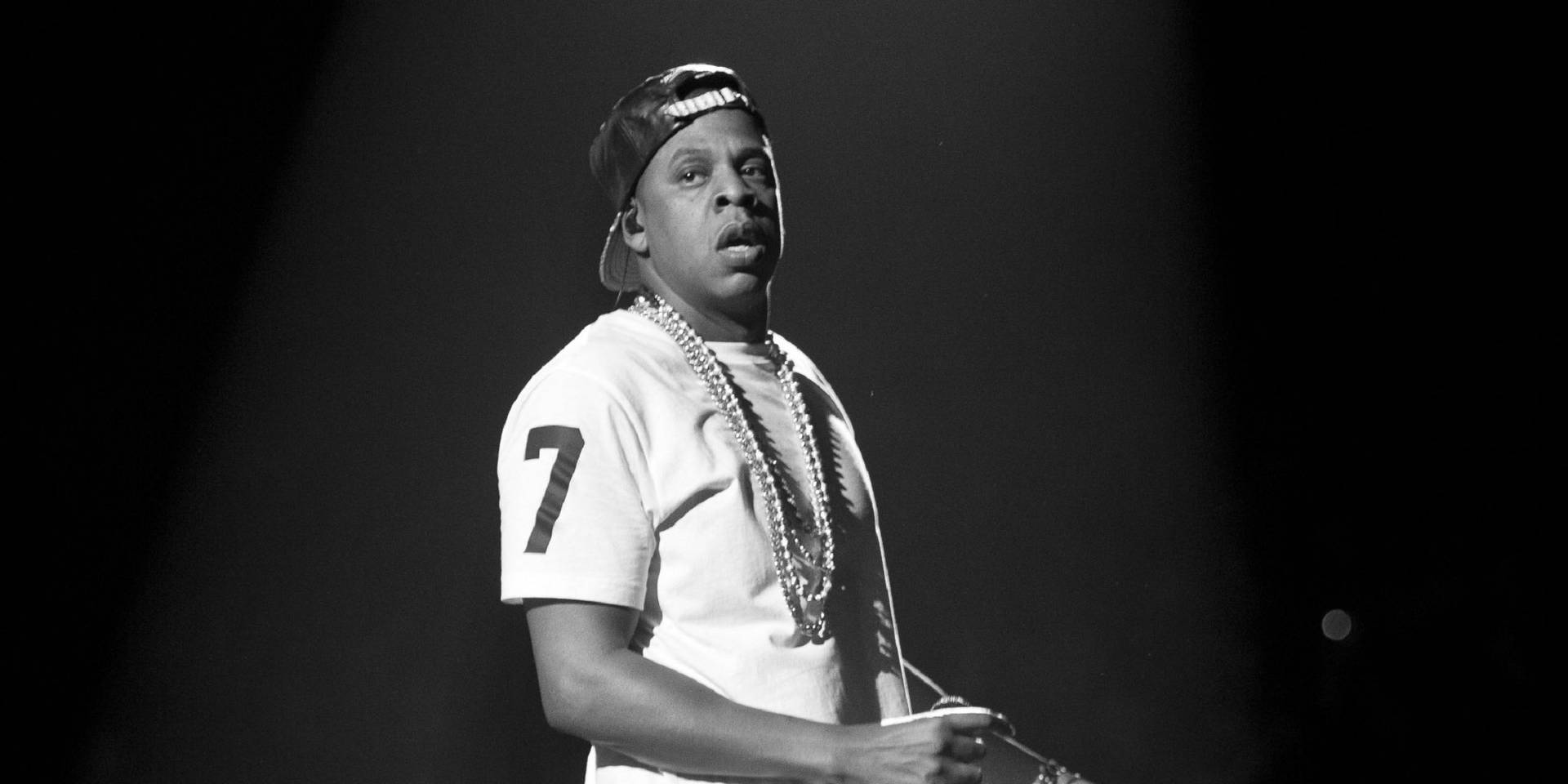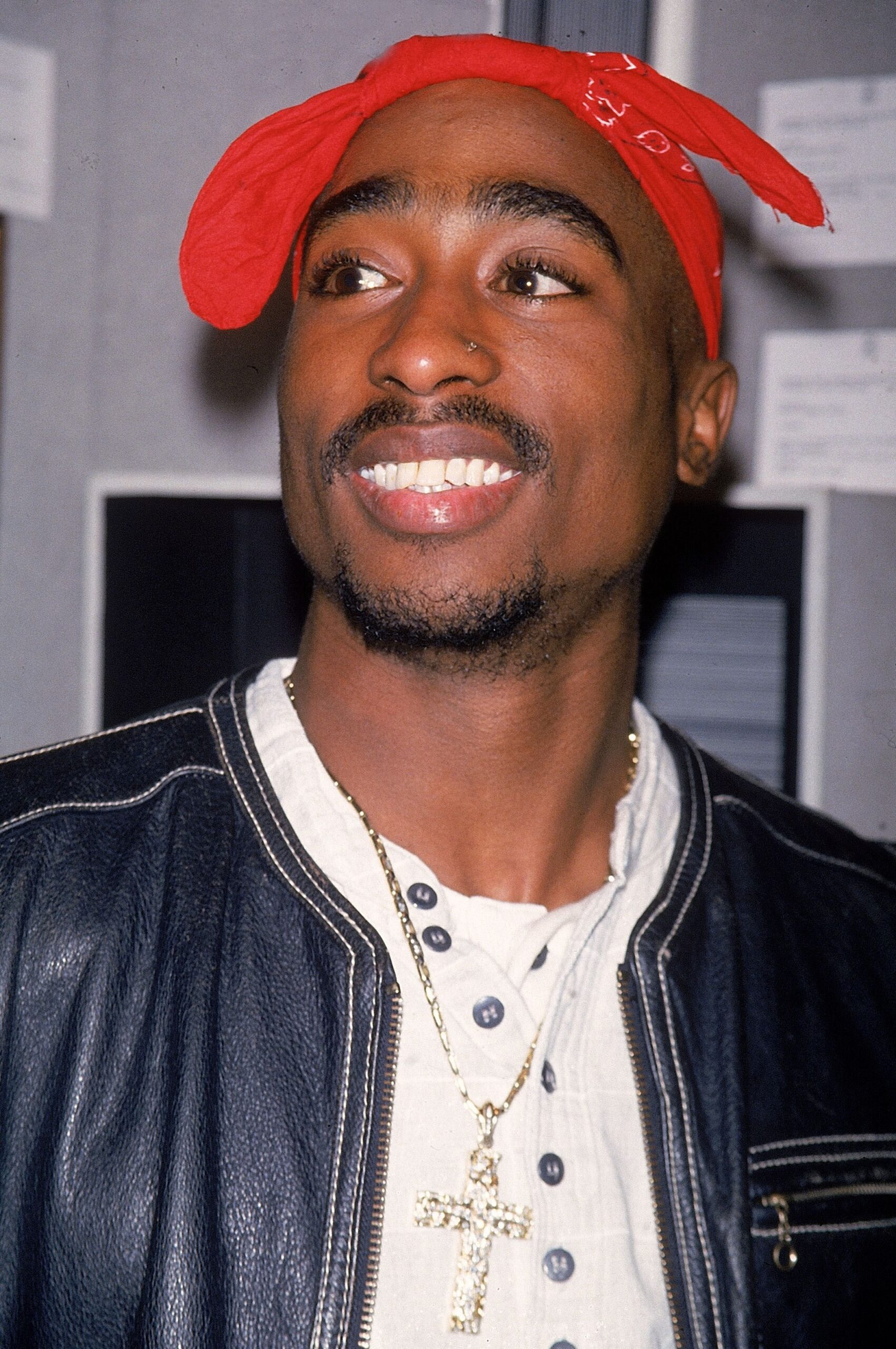
Introduction
Barbie dolls have been a staple of children’s playtime since their debut in 1959. Originally created by Ruth Handler, co-founder of Mattel Inc., Barbie quickly became a cultural icon. In recent years, the relevance of Barbie dolls has seen a resurgence, particularly due to their reflection of modern societal values and diversity. Understanding the evolution of Barbie dolls is essential for grasping their significance in today’s world.
Barbie’s Evolution
Over the decades, Barbie has evolved from a simple fashion doll into a multifaceted representation of various professions, ethnicities, and body types. In response to criticism regarding traditional beauty standards, Mattel has introduced dolls that represent a range of skin tones, hair textures, and sizes. The introduction of dolls like ‘Curvy Barbie’ in 2016 reflects the company’s commitment to inclusivity. This diversification has been pivotal in making Barbie more relatable to today’s youth.
Impact on Popular Culture
The impact of Barbie dolls extends beyond children’s play. The recent ‘Barbie’ movie released in 2023 has reignited interest in the brand, showcasing Barbie as a symbol of empowerment. This film engages with themes of feminism and self-identity, encouraging young viewers to embrace who they are. Barbie has transcended her role as a mere toy; she is now a cultural phenomenon, influencing fashion trends, social discourse, and even art.
Current Trends and Future Outlook
Barbie dolls continue to dominate the toy market, with a significant presence in both retail and online sales. Recent statistics indicate Barbie-related products generated a record revenue of over $1 billion in the past year, signalling a strong resurgence in popularity. As societal norms continue to evolve, it is expected that Barbie will continue to adapt, offering new dolls that resonate with contemporary themes and challenges faced by children today.
Conclusion
The significance of Barbie dolls in modern culture cannot be understated. They serve not only as toys but as reflections of society’s changing values and aspirations. As we move forward, the evolution of Barbie will undoubtedly continue to inspire children and empower them to dream big and embrace diversity. The Barbie brand has proven that it can grow, change, and challenge traditional perceptions, ensuring its place in cultural history.
You may also like

Jay Z: The Evolution of a Music Legend

Harvey Weinstein: A Timeline of Legal Troubles and Impact
